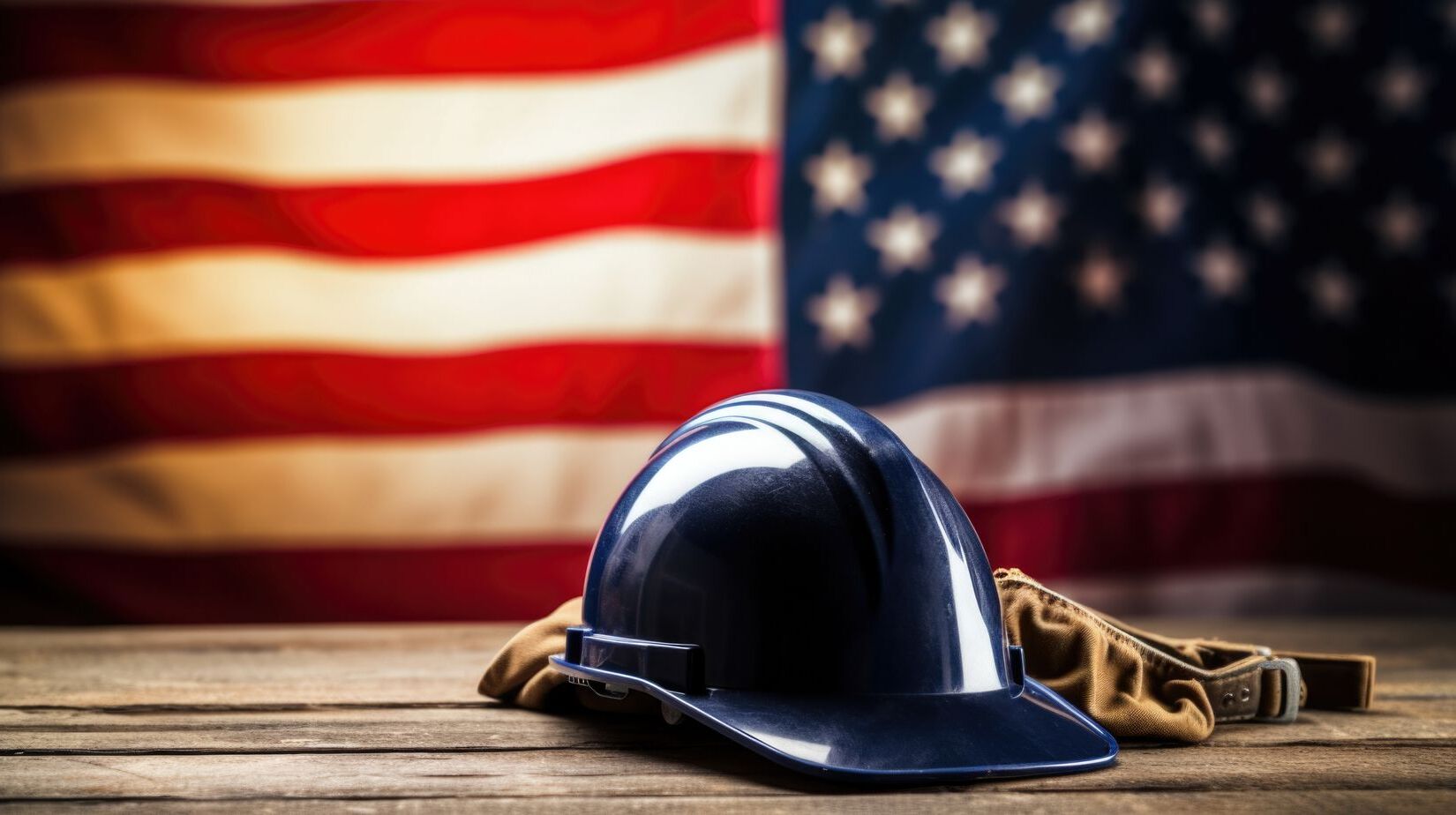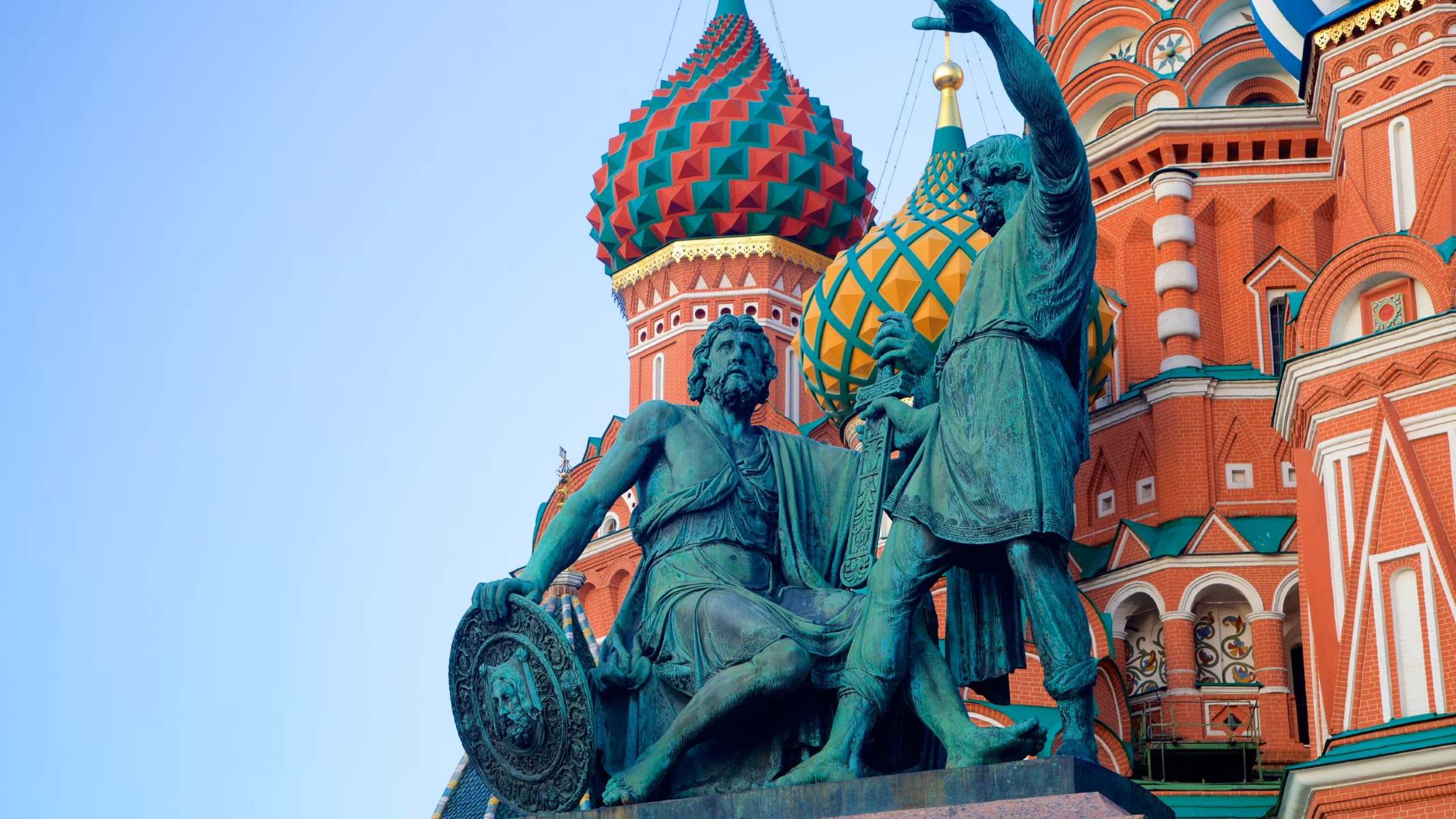
Why do we celebrate Labor Day? Labor Day, observed on the first Monday of September, honors the contributions and achievements of American workers. Originating in 1882, this holiday was first proposed by Matthew Maguire, a machinist and secretary of the Central Labor Union in New York City. The inaugural celebration featured a parade and speeches, setting the stage for a national holiday. By 1894, President Grover Cleveland signed a law making Labor Day a federal holiday. Today, it symbolizes the hard work and dedication of the workforce, marked by parades, family activities, and sports events. Labor Day also serves as a reminder of the ongoing struggles and triumphs in labor movements.
The Origins of Labor Day
Labor Day has a rich history that dates back over a century. Let's explore how this important holiday came to be.
-
Origin: Labor Day was first proposed by Matthew Maguire, a machinist and secretary of the Central Labor Union (CLU) in New York City, in 1882. His idea was to create a day to honor the contributions of American workers.
-
First Celebration: The first Labor Day celebration took place on September 5, 1882, in New York City. Organized by the CLU, it featured a parade and speeches, marking the beginning of a tradition.
-
National Holiday: Labor Day became a national holiday in 1894 when President Grover Cleveland signed a law making the first Monday in September a federal holiday. This move was partly in response to the Pullman strike, a significant labor conflict.
Labor Day Around the World
While Labor Day is a uniquely American holiday, many countries have their own ways of honoring workers.
-
International Observance: Many countries observe similar holidays to honor workers. For example, Canada celebrates Labour Day on the first Monday in September as well.
-
Historical Context: The late 19th century saw significant labor movements in the United States, including the Haymarket affair and the Pullman strike, which contributed to the push for a national workers' holiday.
Celebrations and Traditions
Labor Day is celebrated in various ways across the United States, from parades to family gatherings.
-
Parades and Celebrations: Labor Day parades are a common feature of the holiday. These parades often include floats, marching bands, and community groups celebrating the contributions of workers.
-
Family Activities: Many families use Labor Day as a time for outdoor activities such as picnics, barbecues, and trips to the beach or parks. It's a day to relax and enjoy the end of summer.
-
Sports Events: The holiday weekend is also known for its sports events, including the start of the NFL season and the Labor Day Classic in college football.
The Economic Impact of Labor Day
Labor Day has significant economic implications, particularly in terms of travel and retail.
-
Economic Impact: Labor Day weekend is one of the busiest travel periods in the United States, with many people taking advantage of the long weekend to go on vacation.
-
Labor Unions: Labor unions have played a crucial role in the history and celebration of Labor Day. Organizations like the AFL-CIO continue to advocate for workers' rights.
Educational and Community Activities
Labor Day is also a time for education and community involvement.
-
Public Service Announcements: Many organizations use Labor Day to raise awareness about important issues affecting workers, such as workplace safety and fair wages.
-
Educational Programs: Schools often use Labor Day as an opportunity to teach children about the history and significance of the holiday.
-
Community Events: Local communities often organize events such as job fairs, health screenings, and community service projects to celebrate the holiday.
Cultural and Historical Significance
Labor Day holds a special place in American culture and history.
-
Cultural Significance: Labor Day has become an integral part of American culture, symbolizing the hard work and dedication of the nation's workforce.
-
Symbolism: The red, white, and blue colors associated with Labor Day are symbolic of the American flag and represent the unity and pride of the working class.
-
Traditions: Many families have their own traditions surrounding Labor Day, such as making traditional foods or participating in family activities.
Key Figures and Movements
Several key figures and movements have shaped the history of Labor Day.
-
Historical Figures: Key figures in labor history, such as Samuel Gompers and Mary Harris "Mother" Jones, are often remembered during Labor Day celebrations.
-
Labor Laws: The passage of the Fair Labor Standards Act (FLSA) in 1938, which established minimum wage and overtime protections, is often linked to Labor Day.
-
Women in Labor: Women have played a significant role in labor movements throughout history, including figures like Clara Lemlich and Rose Schneiderman.
Contributions of Diverse Groups
Labor Day also celebrates the contributions of various groups to the American workforce.
-
Immigrant Workers: Immigrant workers have been instrumental in shaping the American workforce and are often celebrated during Labor Day events.
-
African American Contributions: African Americans have made substantial contributions to labor movements, including figures like A. Philip Randolph and Bayard Rustin.
-
Native American Labor: Native American communities have also been involved in labor movements, advocating for their rights and working conditions.
-
Asian American Contributions: Asian Americans have played a crucial role in various industries, including agriculture and manufacturing, and are recognized during Labor Day celebrations.
-
Latino Labor: Latino workers have been instrumental in shaping the American workforce, particularly in industries like agriculture and construction.
Modern Labor Issues
Labor Day also highlights ongoing issues and changes in the workforce.
-
Youth in Labor: The involvement of youth in labor movements is significant, with many young people advocating for better working conditions and fair wages.
-
Technology and Work: The rise of technology has transformed the workplace, with many jobs now requiring specialized skills and training.
-
Remote Work: The COVID-19 pandemic accelerated the shift towards remote work, which has changed the way many people approach their jobs.
-
Work-Life Balance: Achieving a balance between work and personal life is increasingly important, with many workers advocating for better benefits and more flexible schedules.
-
Health and Safety: Workplace health and safety are critical issues, with many organizations pushing for stricter regulations to protect workers from hazards.
The Role of Unions and Collective Bargaining
Unions and collective bargaining remain central to labor movements.
-
Unionization: Unionization remains a contentious issue, with some arguing that it is essential for protecting workers' rights while others see it as unnecessary.
-
Strike Actions: Strike actions have been a powerful tool in labor movements, with notable examples including the 1917 Lawrence Textile Strike and the 1936 General Motors Sit-Down Strike.
-
Collective Bargaining: Collective bargaining is a fundamental right for workers, allowing them to negotiate better wages, benefits, and working conditions with employers.
Wage and Benefit Issues
Labor Day also brings attention to wage and benefit issues.
-
Minimum Wage: The fight for a higher minimum wage continues, with many advocating for a living wage that reflects the true cost of living in different regions.
-
Overtime Pay: Overtime pay is another contentious issue, with some arguing that it should be mandatory for all workers who exceed certain hours per week.
-
Paid Leave: Paid leave policies are becoming more common, allowing workers to take time off without losing their jobs or pay.
Education, Training, and Inclusion
Education, training, and inclusion are vital for a modern workforce.
-
Education and Training: Providing education and training opportunities is crucial for workers to upskill and reskill in an ever-changing job market.
-
Diversity and Inclusion: Promoting diversity and inclusion in the workplace is essential for creating a more equitable environment where all workers feel valued and respected.
-
Workplace Discrimination: Addressing workplace discrimination is critical, including issues related to gender, race, age, and disability.
Mental Health and Well-being
Mental health and well-being are increasingly recognized as important workplace issues.
-
Mental Health at Work: Mental health at work is increasingly recognized as an important issue, with many organizations providing resources and support for employees struggling with mental health issues.
-
Employee Well-being: Employee well-being encompasses not just physical health but also mental well-being, with many companies now prioritizing employee well-being programs.
Sustainability and Technology
Sustainability and technology are shaping the future of work.
-
Sustainability in Workplaces: Sustainability in workplaces is becoming more prominent, with companies adopting green practices to reduce their environmental impact.
-
Technology Integration: Integrating technology into the workplace can enhance productivity and efficiency but also raises concerns about job displacement and worker surveillance.
Remote Work and the Future
Remote work and the future of work are evolving rapidly.
-
Remote Work Challenges: While remote work offers flexibility, it also presents challenges such as isolation, communication breakdowns, and blurred boundaries between work and personal life.
-
Future of Work: The future of work is uncertain, with automation, AI, and robotics potentially transforming job markets in significant ways.
Skills and Entrepreneurship
Skills training and entrepreneurship are becoming more important in today's job market.
-
Skills Training: Skills training programs are essential for helping workers adapt to changing job requirements and stay relevant in an evolving job market.
-
Entrepreneurship Opportunities: Entrepreneurship opportunities are increasing, with many workers choosing to start their own businesses rather than work for others.
Gig Economy and Freelance Work
The gig economy and freelance work present unique challenges and opportunities.
-
Gig Economy Workers: Gig economy workers face unique challenges, including lack of benefits, job insecurity, and variable income.
-
Freelance Workers: Freelance workers often lack the protections and benefits afforded to traditional employees, making their work precarious and unpredictable.
-
Independent Contractors: Independent contractors are self-employed individuals who must navigate complex tax laws and regulatory requirements on their own.
The Evolution of the Labor Movement
The labor movement continues to evolve, addressing new issues while maintaining core principles.
- Labor Movement Evolution: The labor movement continues to evolve, addressing new issues such as climate change, digital rights, and social justice while maintaining its core principles of fairness and equality for all workers.
Celebrating Labor Day's Legacy
Labor Day isn't just a day off; it's a tribute to the hard work and dedication of American workers. From its origins in 1882 to becoming a national holiday in 1894, Labor Day has evolved to reflect the changing workforce. Parades, family activities, and sports events mark the occasion, while labor unions continue advocating for workers' rights. The holiday also highlights the contributions of women, immigrants, and minority groups in shaping the American workforce. Issues like workplace safety, fair wages, and work-life balance remain central to Labor Day's significance. As technology and remote work reshape the job market, the spirit of Labor Day endures, celebrating the achievements and ongoing struggles of workers. Understanding these facts enriches our appreciation for this important holiday, reminding us of the progress made and the work still needed to ensure fairness and equality for all workers.
Was this page helpful?
Our commitment to delivering trustworthy and engaging content is at the heart of what we do. Each fact on our site is contributed by real users like you, bringing a wealth of diverse insights and information. To ensure the highest standards of accuracy and reliability, our dedicated editors meticulously review each submission. This process guarantees that the facts we share are not only fascinating but also credible. Trust in our commitment to quality and authenticity as you explore and learn with us.


